Nurses play a crucial role in healthcare innovation. Innovation in Nursing requires a creative approach to develop and implement new technologies, streamline workflows, improve patient care, and enhance overall healthcare outcomes. Nurses are uniquely qualified to contribute to Nursing innovations due to their frontline experience, patient interactions, and in-depth understanding of the healthcare process. Here are some attributes, qualities, and competencies Nurses need to be an innovator.
Clinical Expertise: Nurses have an in-depth understanding of patient needs, treatment plans, and healthcare procedures. This first-hand experience allows you to identify areas of healthcare where innovation may be needed to enhance patient safety and healthcare outcomes. Clinical expertise is the first step of innovation in Nursing.
Patient-Centered Care: The #1 focus of Nurses is to provide patient-centered care. It is often the top motivator of Nurse innovators. Nurses spend a significant amount of time with patients, making them expertly qualified to contribute ideas to personalize care plans, enhance communication, and improve the overall patient experience.
Thinking Outside the Box: All innovation in Nursing is born from thinking outside the box and exploring many possibilities to create a solution. Nurses are natural problem solvers who use creativity and curiosity to continually investigate problems and develop practical solutions that are easy to implement and understand.
Risk Taking: Although risk taking can often be viewed as a negative term, no Nursing innovation was ever successful without taking a risk. Nurse innovators interweave evidence-based practice with practical solutions to change how we care for our patients and ultimately improve their health outcomes.
Innovation in Nursing starts with a need for change, a desire to help, and an idea that changes the face of healthcare and positively impacts patient care. Here are several fantastic Nurse innovators took their ideas and turned them into reality.
The Crash Cart: Anita Door, a Registered Nurse, created the first-ever crash cart in 1968 after years of watching Doctors and Nurses run around Nursing units looking for essential equipment in the face of emergencies. She developed the first crash cart prototype in her basement, and now, crash carts are a staple of any healthcare facility and are used worldwide.
Lumify uNight Light: The Lumify uNight Light was developed by Anthony Scaropone-Lambert, a then Nursing student and NICU Nurse, Jennifer Mancillas. While working together, they realized a need for light they could use to light their workspace without disrupting their patients with bright overhead lighting in the middle of the night. This is how the idea for a portable, battery-operated, clip-on light was born. Now, the Lumify uNight Light is a must-have accessory for any Nurse.
Stink Balm Odor Blocker: Created by an Emergency Room Nurse who wanted to find a way to cover foul odors often inconspicuously encountered on the job. The Stink Balm Odor Blocker is a must-have for all Nurses. The Balm comes in a discrete, lip balm-like container and can be quickly and easily applied under the nose so you can enjoy a fresh scent while taking care of your patients. The company is 100% Nurse-owned and operated out of Long Island, New York.
The N95 Mask Preserver: The COVID-19 pandemic inspired Nurse innovators to push the limits and invent practical solutions to everyday problems. Timothy Aurelio, an Emergency Room Nurse who worked during the pandemic, was forced to reuse his N95 mask due to a short supply of PPE. He invented the N95 Mask preserver as a convenient and clean place to store his mask between his shifts. The preserver is made of antimicrobial, medical-grade plastic, allowing Nurses to preserve PPE while keeping themselves and their patients safe.
The Beata Clasp: Nurses who work at the bedside know all too well how easily IV tubing, drains, and other medical lines can get tangled up throughout the shift. Lennor Henning, an experienced bedside Nurse, developed the Beata Clasp, a latex-free appliance to be applied to the bedrail to keep lines organized easily.
The Neo-Slip: The Neo-Slip was developed by a Registered Nurse who realized how tough it was for older people to apply compression stockings to prevent leg blood clots. The Neo-Slip provides a smooth base with a lubricated effect to help slide stockings into place.
Nurses everywhere continue to utilize their knowledge and experience to create practical solutions to solve problems and streamline processes. As healthcare grows and evolves, new innovative opportunities will continuously emerge. If you have an idea, there is no better time to put that idea into motion and change the face of Nursing.


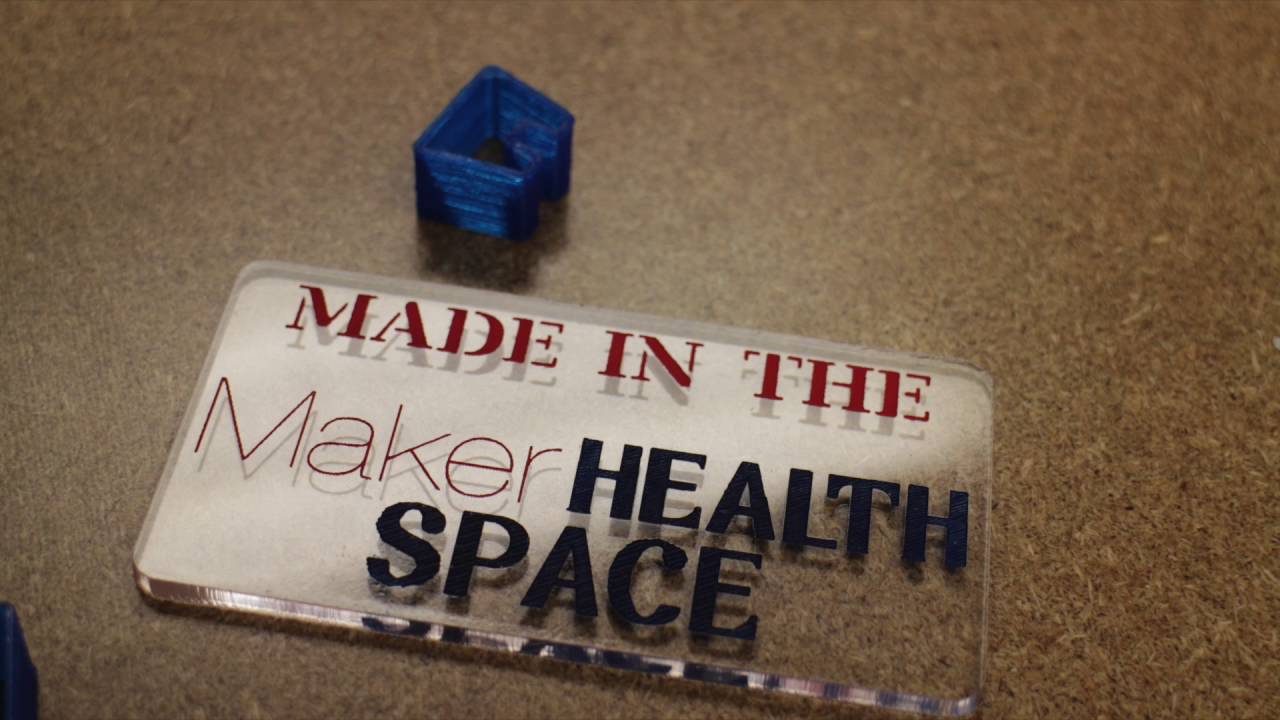 Nurse's innovative ideas are coming to life thanks to pop-up labs through a company called MakerHealth.
Nurse's innovative ideas are coming to life thanks to pop-up labs through a company called MakerHealth. 


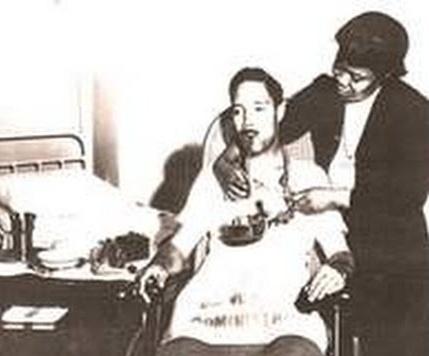
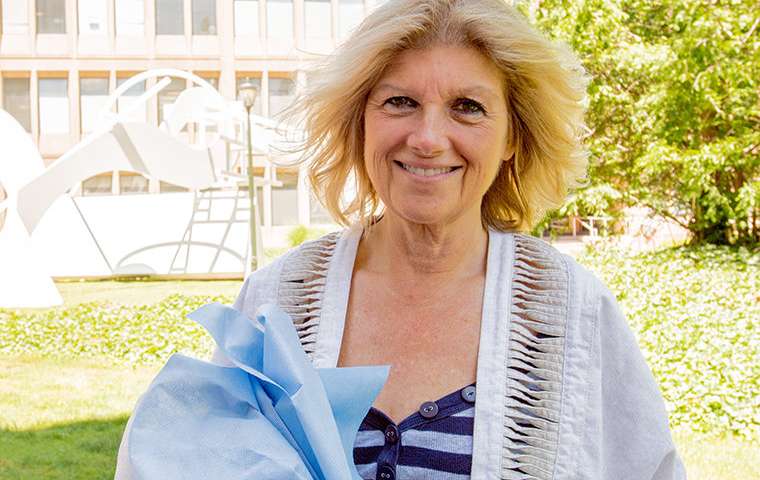 Jill Byrne is an operating room Nurse who created a garment that could help surgeons reduce heat stress. Heat shortened the tempers and focus of surgeons. So Jill fashioned a
Jill Byrne is an operating room Nurse who created a garment that could help surgeons reduce heat stress. Heat shortened the tempers and focus of surgeons. So Jill fashioned a 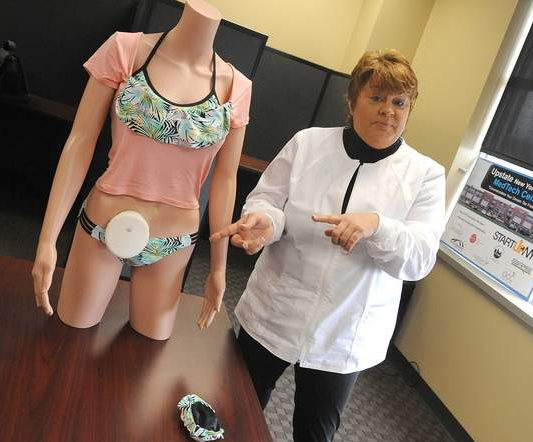 Registered Nurse Georgann Carrubba created a product that could improve the quality of life for the more than 800,000 Americans who use ostomy pouches after surgeries.
Registered Nurse Georgann Carrubba created a product that could improve the quality of life for the more than 800,000 Americans who use ostomy pouches after surgeries. 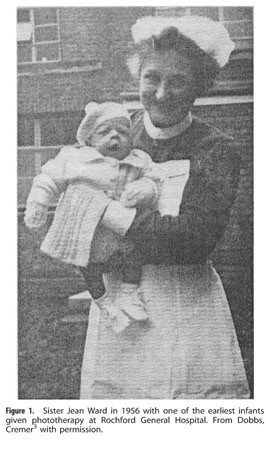 A Nurse named Sister Jean Ward invented
A Nurse named Sister Jean Ward invented  The original cart had a laminate top and included wheels for quick movement to the bedside. Everyone called it the crisis cart.
The original cart had a laminate top and included wheels for quick movement to the bedside. Everyone called it the crisis cart.